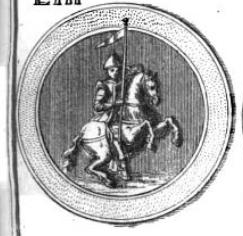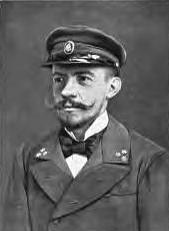Biography
When Caroline was a child, her father, Félix Boussart, was imprisoned at Trnava after the surrender of Dresden in 1813. He died the following year at the House of the Invalids in Pest (Maison des Invalides de Pest). On her mother, originally from Abbeville in Northern France, she was related to the famous navigator Picot (Baron of La Peyrouse), to the painter François Picot and to the poet Millevoye. She married Philippe Christian Popp, with whom she had eight children.
Fascinated by Brugge, she desired to restore her adopted city to its prior splendor, which it lost following the silting of the Zwin in the Middle Ages as the once vibrant city port stopped its activities. In her work, she fought for fiscal reforms, the creation of railways, the adopting of steam engines in factories; she strived to end the death penalty and poverty in Flanders. With her husband, Philippe Christian Popp, she headed the newspaper Journal de Bruges, at N°1 Woensdagmarkt in Brugge. The first edition was released on April 4, 1837. The newspaper would continue with two of her daughters, Antoinette and Nelly Popp.
From the 12 October 1862 until 28 December 1890, Caroline also wrote the "Brugge letters" (les lettres brugeoises) in the Office de publicité under the pseudonym "Charles." She collaborated as well with Illustrated Belgium (Belgique illustré), Belgian Illustration, European Illustration, Globe, and the European Express. Having been born in Binche, she had a good knowledge of the medieval city, which she used to inform her writing in Flemish Tales and Legends (Récit et Légendes des Flandres). [1] This woman of letters was similar to George Sand as they both belonged to the liberalism movement, in particular with her promotion railways or campaigning for the abolition of taxes.
Caroline also supported development of Blankenberge. She found beauty in Coq-sur-Mer where the writer Jean d'Ardenne would later live. Victor Hugo invited her on 18 August 1871, along with her husband and one of their daughters, to visit him in exile at his house in Pont de Vianden, while the journalist Jean d'Ardenne stayed there from August 17 to 19. On August 22, V. Hugo left Vianden and accompanied Caroline Popp on excursions, as noted in Choses vu (August 22, 1871). She encouraged both poets Georges Rodenbach and Émile Verhaeren in their work. During the summer of 1884, she lodged Georges Rodenbach at her home.
This page is based on this
Wikipedia article Text is available under the
CC BY-SA 4.0 license; additional terms may apply.
Images, videos and audio are available under their respective licenses.




